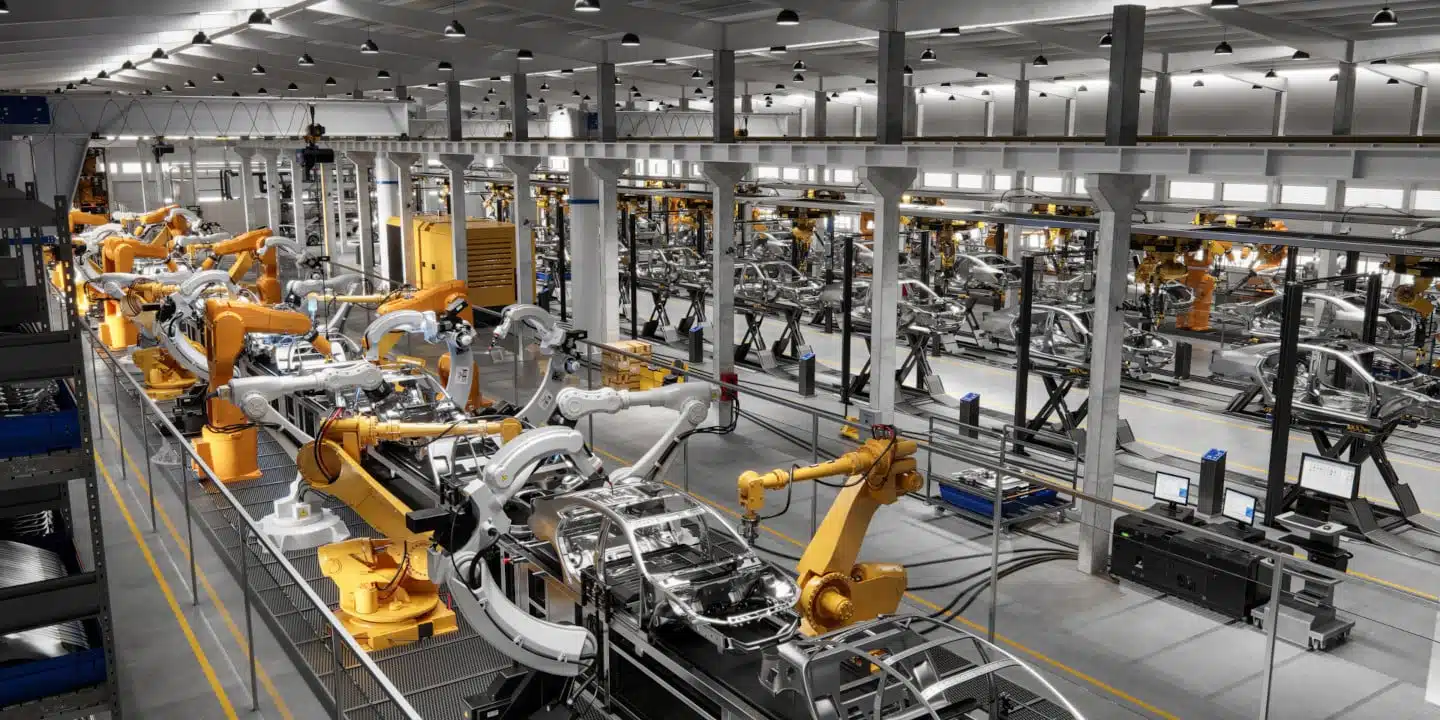
After so much upheaval in global supply chains, the manufacturing sector has spent the past few years heavily investing in initiatives to streamline sourcing, diversify suppliers, and minimize delays associated with international freight. One of the most significant efforts has been reshoring manufacturing operations to shorten the supply chain, speed up delivery times, and provide more visibility. According to research by Kearney, 96% of manufacturing executives are considering bringing their operations back to the U.S. to mitigate geopolitical risks and enhance supply chain resilience.
The 2024 Supply Chain Outlook report by S&P Global found that many companies are also prioritizing technology investments and organizational improvements over traditional strategies like maintaining high inventory levels. Now, technologies like generative AI are also enhancing resilience by making it easier to analyze and make decisions from supply chain data.
Amid inflation and economic uncertainty, industrial space costs have risen. Manufacturers now need to focus on optimizing warehouses to cope with these challenges. Data from December 2023 shows that national industrial rents average $7.70 per square foot, reflecting a 7.4% increase compared to the previous year.
In 2024, manufacturers may need to engage in comprehensive warehouse layout analyses and find ways to better utilize their space. This will include reorganizing storage areas, optimizing aisle configurations, and investing in solutions to use vertical space more effectively. Technology and automation like Warehouse Management Systems (WMS), barcode scanning systems, RFID tagging, and automated storage solutions can also streamline warehouse operations for more cost savings.
Since the start of the decade, legislators have passed several laws designed to incentivize and support manufacturers that invest in improving their sustainability profile, particularly energy efficiency. In 2023, the U.S. Treasury unveiled guidelines under the Inflation Reduction Act for manufacturers to claim tax credits for investment in clean energy and transition away from fossil fuels. Manufacturers can completely overhaul their operations this year and move closer to a carbon neutral future without incurring significant investment costs.
The manufacturing sector continues to face challenging labor markets and skills gaps, with industry specialists expecting the problems to intensify in 2024. This is a multifaceted challenge, driven by economic uncertainty, the ongoing shortage of labor throughout the economy, supply chain disruptions, and the need for high tech manufacturing skills that many in the workforce don’t yet possess. In a survey by the National Association of Manufacturers (NAM), nearly 75% executives identified attracting and retaining a quality workforce as their primary challenge. In lieu of solving these systemic problems, a key strategy in 2024 will be investment in technology to streamline operations and improve labor productivity.
For manufacturers to maximize their potential in the new year, Configure One, a cutting-edge CPQ platform designed specifically for the diverse requirements of custom manufacturers, can be a valuable asset. Configure One empowers manufacturers to automate time-consuming configuration and quoting processes, free up valuable sales and engineering resources, and update customer interactions for the e-comm era. Interested in experiencing the platform firsthand?